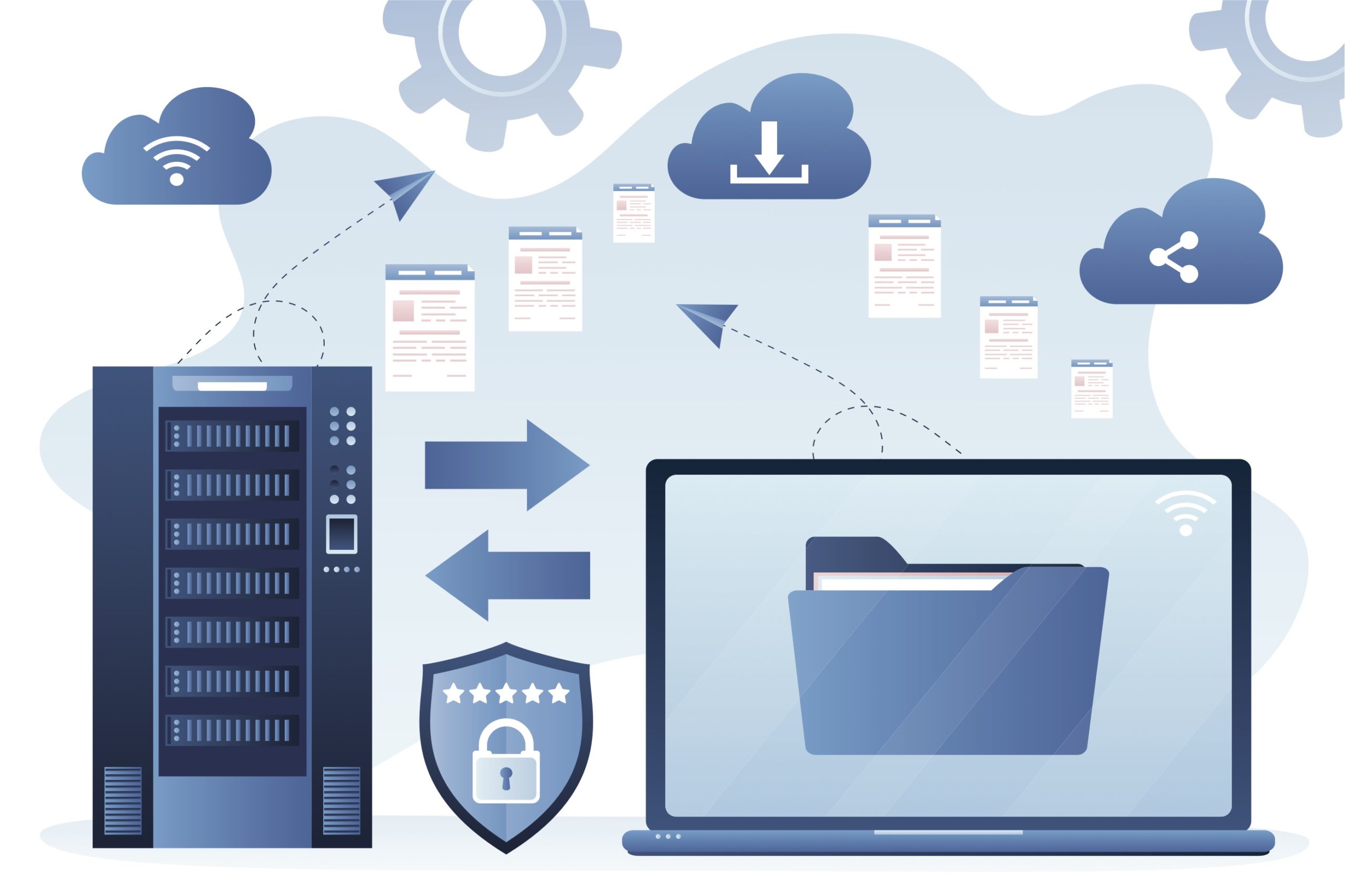Common Google Workspace Security Misconfigurations That Leave Your Data at Risk
Google Workspace is built with security at its core, but that doesn’t mean it’s secure by default.Without the right configurations, even the most secure platforms can become vulnerable to data breaches and cyberattacks.
Being aware of common misconfigurations and regularly auditing your IT environment can help IT admins stay on top of any security lapses. However, expert security health checks can also pinpoint and rectify errors for those without the time (or the expertise on staff), significantly strengthening your overall Google Workspace security posture and protecting sensitive corporate data.
4 Common Google Workspace Misconfigurations
Not enforcing Multi-Factor Authentication: Multi-factor authentication, or MFA, is a layered approach to securing data and applications, beyond using just a password. The use of MFA makes accounts 99% less likely to be hacked, according to America’s Cyber Defense Agency. While some organizations enable MFA in Google Workspace, they may not fully enforce it with all users, plus users can bypass it if it isn’t correctly configured. IT admins may want to consider enabling MFA for all users, for every account, and use second-factor authentication methods such as security keys or authenticator apps vs weaker methods like SMS texts or voice calls (which can be more susceptible to social engineering attacks).
Not enabling Google Workspace password policies: Even with MFA, strong passwords are the first line of defense against cyber attackers. Yet, many employees still use weak passwords or the same password for all of their accounts. While Google Workspace allows IT admins to create strong password policies — where passwords must meet specific requirements — it’s important to enable these policies (some of Workspace’s more advanced requirements are off by default). For example, you can enforce a password expiration date. You can also create stricter password policies for admin accounts. Policies can be enforced at next sign-in through the Password Management settings option.
Making file sharing too easy on Google Drive: A simple misconfiguration is allowing users to share files or folders with anyone who has the link. This could be a problem if a document contains sensitive corporate data, resulting in a data leak or breach. IT admins may want to disable the “anyone with the link” permissions option for users or only allow certain user groups to create public links. They can also audit which files are being shared externally through Google’s Security Dashboard. For IT admins, super admins or C-level executives — basically anyone who has access to sensitive data — Google’s Advanced Protection Program (APP) provides Google’s strongest account security settings to protect against threats such as phishing and account hijacking.
Failing to configure DLP rules: Data Loss Prevention (DLP) policies determine how and when data sets can be shared by employees, which helps to protect sensitive data such as financial data or personally identifiable information (PII). In Google Workspace, DLP helps to prevent unintended or unauthorized sharing of files or sensitive data. But if policies aren’t configured correctly, they could fail, putting your data at risk. Common mistakes include forgetting to update DLP rules for new threats or failing to regularly monitor alerts, leaks, or anomalies. It also ties back to the basics: weak passwords and lack of MFA. On the flip side, you don’t want over-restrictive DLP policies, since that could make it harder for employees to do their job. Finding that balance is key.
Is Your Google Workspace Secure Enough?
While proper configuration of security settings is important for protecting your organization against data leaks and breaches, it may also be a requirement in your industry, particularly if you’re subject to regulations such as GDPR, HIPAA, and CCPA. You’ll need to determine if the default security settings in Google Workspace meet your industry requirements to avoid non-compliance.
If you’re new to Google Workspace or you’re looking to baseline your organization’s Google Workspace settings, a third-party partner can provide an objective point of view. Pythian’s Security Health Check for Google Workspace, for example, provides a custom assessment of your organization’s Workspace environment, leveraging the security expertise of a proven premier Google Cloud Partner.
This assessment will help your organization reduce risk and better protect users and company data, providing customized remediation and recommendations to secure your organization’s Workspace environment. We’ll review your organization’s current configurations and security settings, and provide guidance on our analysis, recommendations, and remediation tactics. Find out more by contacting us today.
You May Also Like
These Related Stories

How to Detect and Prevent Unauthorized Access in Google Workspace

Protecting Your Google Workspace Environment


No Comments Yet
Let us know what you think